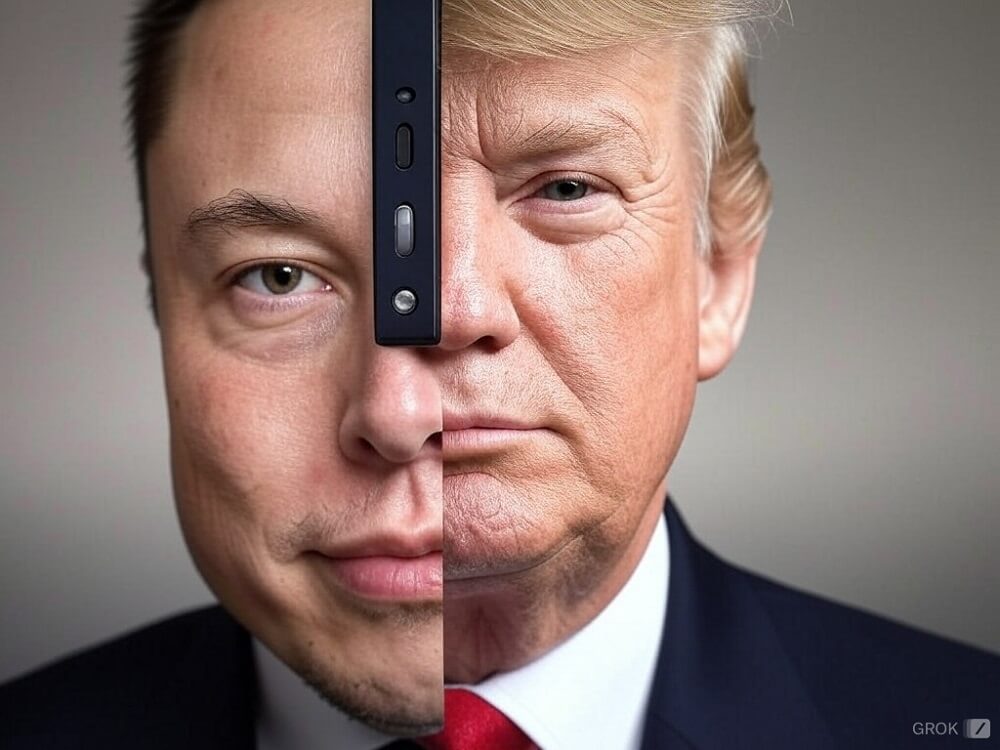Understanding social media and their social and psychological functioning as a technique is the goal of this dossier, which primarily focuses on the example of Facebook.
The main characteristic of the social web, of which Facebook is the emblem, is linking people’s activities on the internet. Social media is not easy to define, but let’s try.
Facebook is not a yearbook or directory, as it is often understood. If it were only that, it would not allow for any actions other than displaying profiles. Profiles are only an entry point; it is the communication activity that makes it media. In this sense, it is a social media, even though we all struggle to define it, as Nicolas Vanbremeersch reported correctly.
To understand what social media is, we must return to what media is – “a massive diffusion support for information.” Social media, by nature, is always a massive diffusion support for information that borrows all forms and existing supports (text, image, video, audio), but the difference may come from the nature of the intermediary, as Frédéric Cavazza correctly explains – while in traditional media, there is a sender who broadcasts a unique message to targets, in social media, everyone is both a broadcaster and a target.
“Social media are media for social interaction,” explains the English version of Wikipedia’s definition, “it is the use of web or mobile technologies to transform communications into interactive dialogue.” The properties that distinguish one media from a social media are based on:
- Scope (if both can reach massive audiences, industrial media use a centralized framework, while social media are by nature more decentralized and less hierarchical);
- Accessibility (social media are accessible at low or no cost and reduce transaction costs, as Clay Shirky explains in “Here Comes Everybody”);
- Ease of use (they do not necessarily require skills to be used);
- Immediacy and permanence (social media can be modified permanently).
Even more than with traditional media, with social media, “The medium is the message,” as Marshall McLuhan said in “Understanding Media.” The media no longer only represents all technological extensions of man, as the researcher prophesied, but also all social extensions of man.
Danah Boyd and Nicole Ellison attempted to define social networking sites in 2007 as: “We define social networking sites as web-based services that allow individuals to:
- Build a public or semi-public profile without a delimiting system;
- Articulate a list of other users with whom they share a connection;
- View and traverse their list of connections and those made by others within the system.”
The nature and terminology of these connections can vary from site to site. We use the term “social networking site” to describe this phenomenon, and the term “social networking site” also appears in public discourse. The two terms are often used interchangeably. We have decided not to use the term “networking” for two reasons: emphasis and scope. “Networking” emphasizes the initiation of relationships, often between strangers. While networking is available on a large number of sites, it is not the main practice of many of them, while it is what differentiates them from computer-mediated communication.
Precision is important. A social function does not make a social media. In its instant messaging, the fact of having access to a whole list of friends does not necessarily turn a chat into a social media. The construction of a community environment in blog comments (via Gravatar or even BuddyPress for example, which allows adding a social layer to blogs using WordPress and especially to comments, but which functions more like a forum than a social media) does not necessarily make it a social media. The nature of the connections made possible or impossible by social media is important in defining it.





